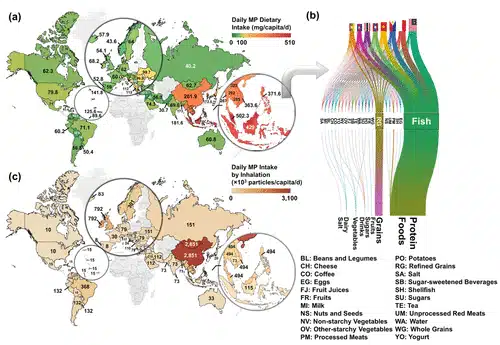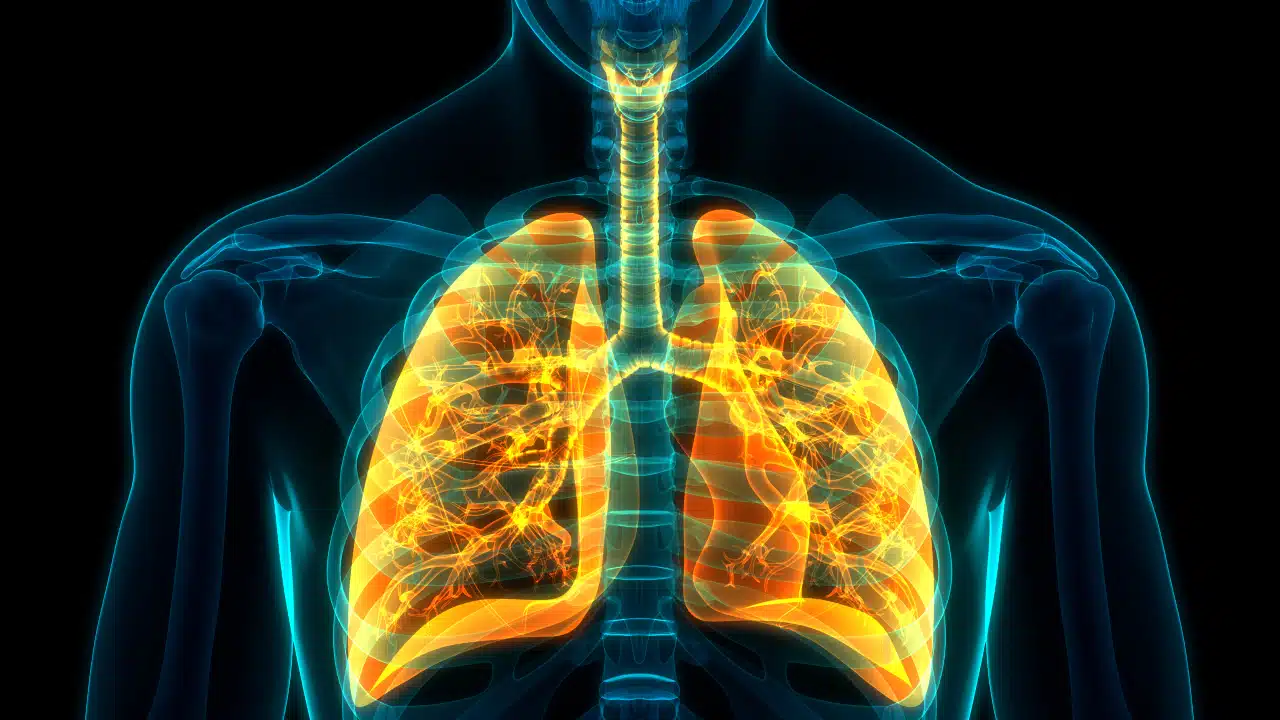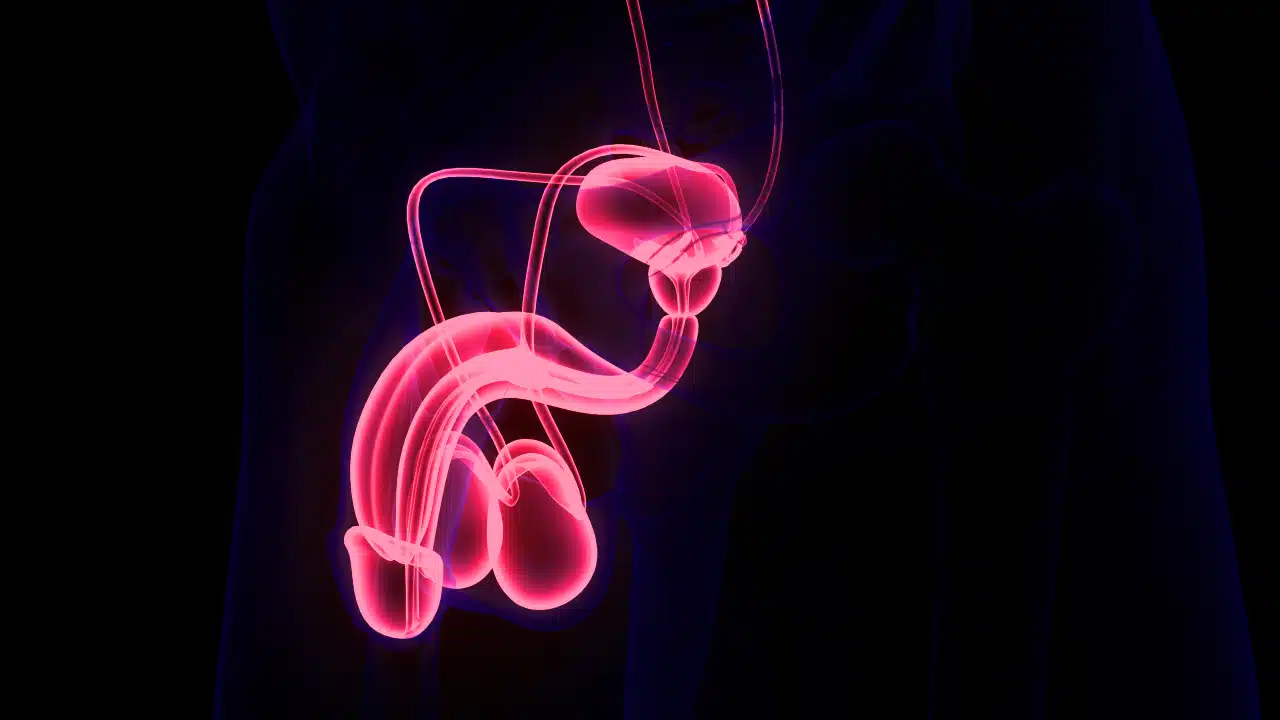A recent study published in Environmental Science & Technology reveals that people living in the UK and Ireland inhale higher levels of microplastic particles than those in nearly all other countries, except China and Mongolia. The study assessed microplastic consumption and inhalation across 109 countries.
On average, individuals in the UK and Ireland breathe in approximately 791,000 microplastic particles daily. In comparison, the levels are significantly higher in China and Mongolia, where residents inhale about 2.8 million particles each day. Microplastic particles are defined as being less than 5mm in size.
The inhalation data for the UK may partly stem from a 2019 study by King’s College London, which highlighted high levels of microplastic fibers in London’s air.
Additionally, the study evaluated microplastic ingestion by analyzing concentrations in various food categories such as fruits, vegetables, proteins, grains, and dairy.
Malaysians topped the chart for microplastic intake, consuming an estimated 15 grams per month, primarily from seafood.
Indonesians follow closely, ingesting roughly 13 grams per month, while the US figures stand at 2.4 grams per month.
Conversely, Paraguay recorded the lowest consumption at 0.85 grams per month, with the UK ranking 89th at about 1.6 grams per month.

Per capita daily MP dietary and inhalation uptake rates at the country level in 109 industrialized and developing countries within Asia, Europe, Africa, and North and South America, focusing on the world’s major coastlines that are affected by plastic pollution. (a) Per capita MP dietary uptake at the country level. (b) Per capita MP dietary uptake rates at the country level by food types in Southeast Asian countries. (c) Per capita MP inhalation uptake at the country level. The MP intake by air inhalation is measured by the number of particles with size distributions extracted from Zhang et al.
“The uptake of microplastics at the country level is a critical indicator of plastic pollution and public health risks,” said Fengqi You, the Roxanne E. and Michael J. Zak Professor in Energy Systems Engineering at Cornell University, who co-authored the study with doctoral student Xiang Zhao.
Professor You emphasized the importance of understanding and mitigating microplastic pollution to address public health risks, noting the influence of industrialization on microplastic exposure in different regions.
Xiang Zhao further highlighted the contrasting trends between developing and industrialized nations regarding plastic waste and microplastic exposure.
The study’s authors did offer a glimmer of hope, however. They conclude that “effective plastic waste management and water cleanups can halve microplastic uptake through diet and breath in global countries.”
“Comprehensive global mapping supports local pollution mitigation efforts through enhanced water quality control and effective waste recycling,” concluded Professor You.
Subscribe
Sign-up to receive our newsletter





